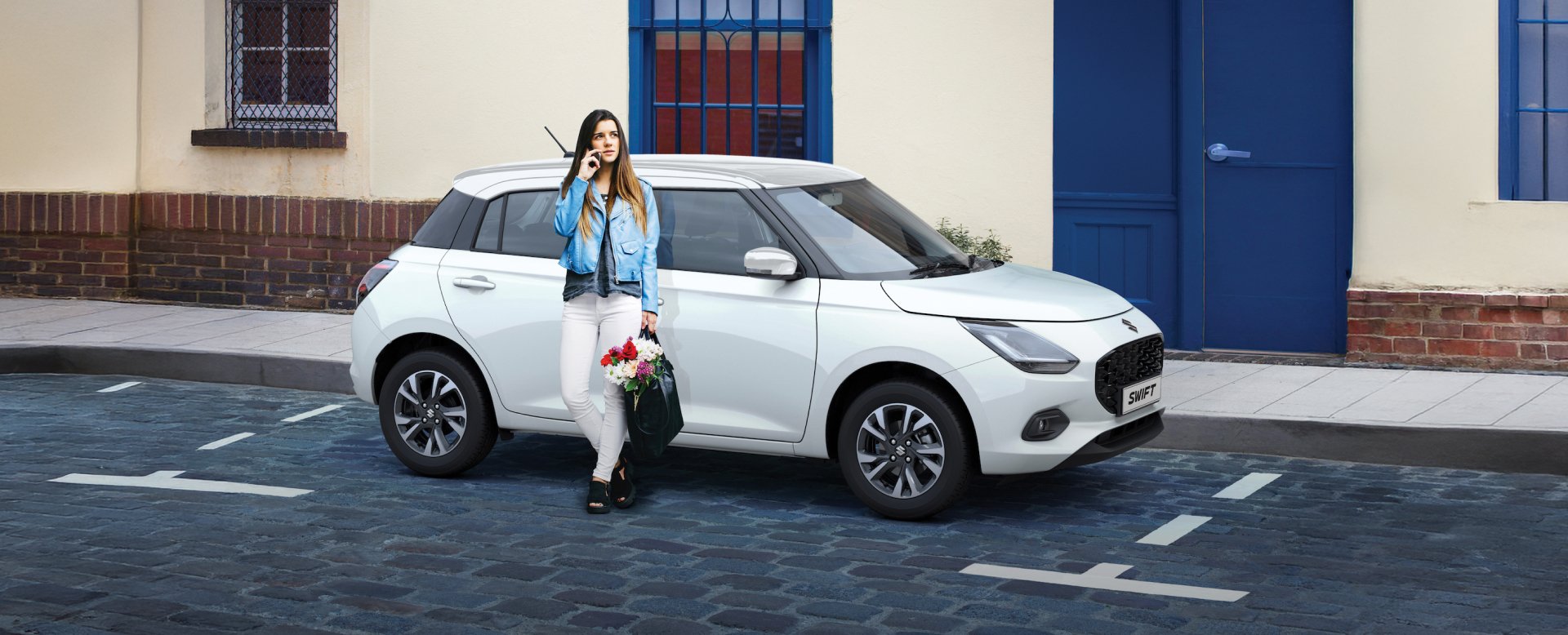While everyone will feel a bit stiff after a long journey, being seated incorrectly will amplify that and bring on any discomfort much sooner.
You need to try to drive a car that is a suitable size for you. If you are a rugby lock forward, then a supermini is not going to enable you to achieve a reasonable posture. Most cars offer a vast array of adjustments to both the seat and steering column, allowing for a better overall driving position.
To find your ideal position you should start with the seat in the wrong position and then adjust it from there.
Here are some pointers to finding the ideal position:
- Firstly, push the seat back, then lower it as far as possible. Next, recline the back of the seat to about 30-40 degrees and move the steering wheel (if it adjusts) up and in towards the dashboard.
- Get your hips at least as high as your knees. Make sure you can still see the road and the instruments and you do not have to bend your head down or to the side to see. If you are still too low after adjusting to the maximum height, try adding a cushion or wedge to the seat.
- Knees against seats is bad for your knees and your circulation. There should be at least a two-finger gap between the back of your knee and the seat.
- Next, adjust the seat forwards so you can reach and completely depress all the foot pedals without your back moving away from the rear of the seat. Make sure you have a small bend in your knees of at least 20-30 degrees - having your knees too straight can cause knee pain.
- Your feet should be relaxed with your heels on the floor and the balls of the feet able to press the pedals. The right foot should be able to move easily between the accelerator and brake pedal when the heel is placed roughly in front of the brake pedal. The left foot should be resting on the footrest whenever you are not using the clutch, as this increases support to both the pelvis and back. In this respect, automatic cars have an inherent advantage over manual cars.
- You should position the seat bottom horizontally whenever possible.
- Raise the inclination of the seat back to an angle of 100-110 degrees. This angle decreases the pressure on the discs in your lower back. Many car seats have lumbar support that is often both height and depth adjustable. Adjust the support to the correct height by positioning it in the curve of your lower back. The lowest edge of the support should be placed at your belt line or the top of the pelvis.
- Ideally, the back of your car seat should reach the height of your shoulders. If it is slightly higher or lower but you can still rest into it, it will be fine in most circumstances.
- Adjust the height of the headrest so it rests in the middle of your head. To adjust front-to-back, sit with your head in a ‘neutral’ position. To do this, first sit upright, then align your earlobe between the collarbone and neck muscles. The easiest way to check you are doing this correctly is to ask someone else to watch you and correct the position. Alternatively, imagine you are tucking your head to hold a small ball under your chin. Now adjust the headrest forwards until it meets the back of your head.
- Once you are sitting correctly in your seat, adjust the mirrors to give optimal rear visibility. This is vital for both your driving performance and your posture.
- When fastening your seat belt, reach across with the opposite arm and turn from your body, not your shoulder. Another consideration when using your seat belt is to ensure the lap portion goes across the pelvis and not the abdomen, so the belt catches the bones of the pelvis and not your stomach and internal organs in the event of an accident. This is especially important if you are pregnant.
The upper portion of the seat belt should pass over the clavicle and sternum, not the neck or the shoulder, and never under the arm. Placing the belt over the clavicle and sternum passes stress
through the bones rather than the soft tissues, helping to prevent twisting in the event of an impact. - For the airbag in the steering wheel to work optimally, a certain distance is required - anywhere around 25-30 cm is a good minimal distance. A car with both height and rake (in and out) steering wheel adjustment capabilities is preferable, as you don’t have to adjust the seat front to back to achieve the correct arm/shoulder position.
When stationary, you should be able to sit with your shoulder blades pressed back into the chair and, with a straight arm, your wrist should be able to bend over the edge of the steering wheel. Then, when driving, you should find that you have a bend in your arm of around 120 degrees. - Changing gears on either a manual or automatic car can affect shoulder and neck problems. If you suffer from a problem on the same side as the gear lever, you need to adjust your seat to accommodate this. However, this will affect the rest of your sitting position. If possible, try to drive a car where reaching for the gear stick allows the arm to remain in a neutral position - neither reaching with a straight arm nor bending beyond 90 degrees.
Observing these guidelines will help prevent discomfort and will improve your ability to control the car – the ‘boy racer’ long arm, low seat setting is as bad as the ‘upright granny’ with the nose almost touching the steering wheel.
If you have been driving for a while, these adjustments might take a bit of getting used to – but you will feel better for them.
Planning a long-distance trip? Check out these 11 tips for long-distance driving the experts swear by! Otherwise how about visiting your nearest Suzuki dealer and finding out which Suzuki model is most suited for you. Book your test drive here.
The Suzuki blog is jam-packed with helpful articles on all things auto. Sign up here and get our articles sent to your inbox.


.jpg)

.png)